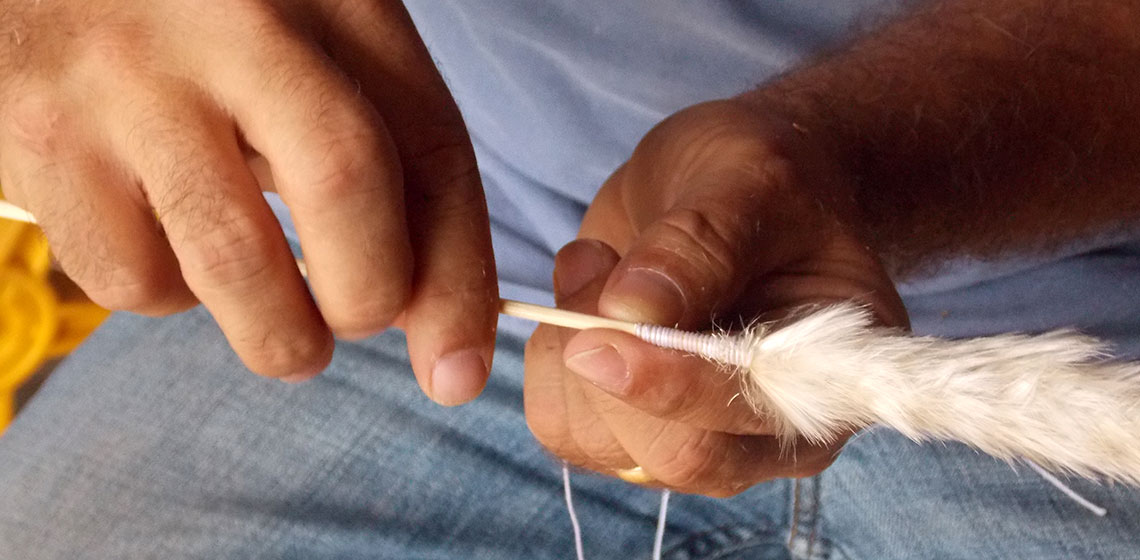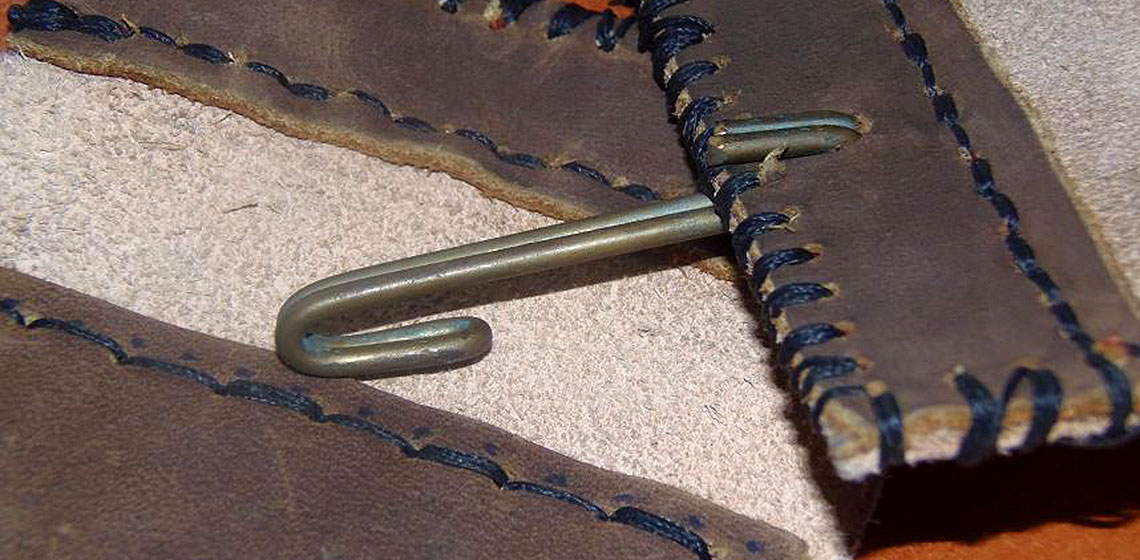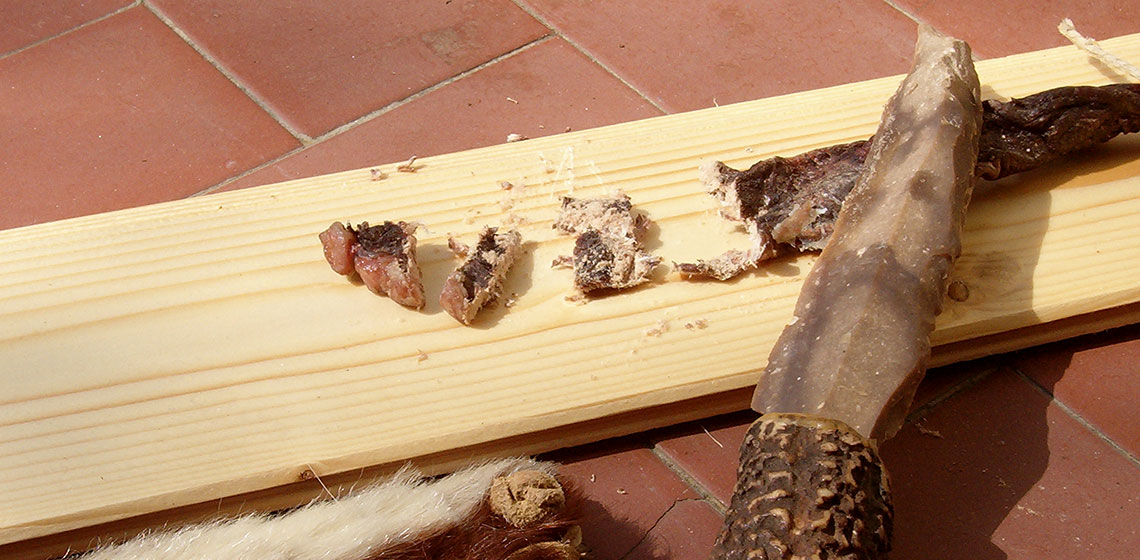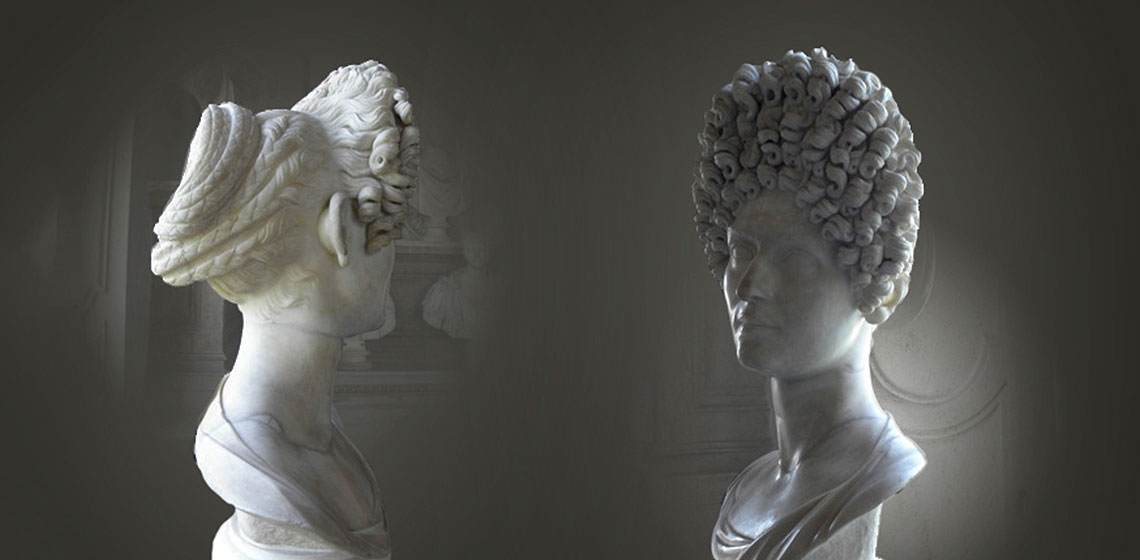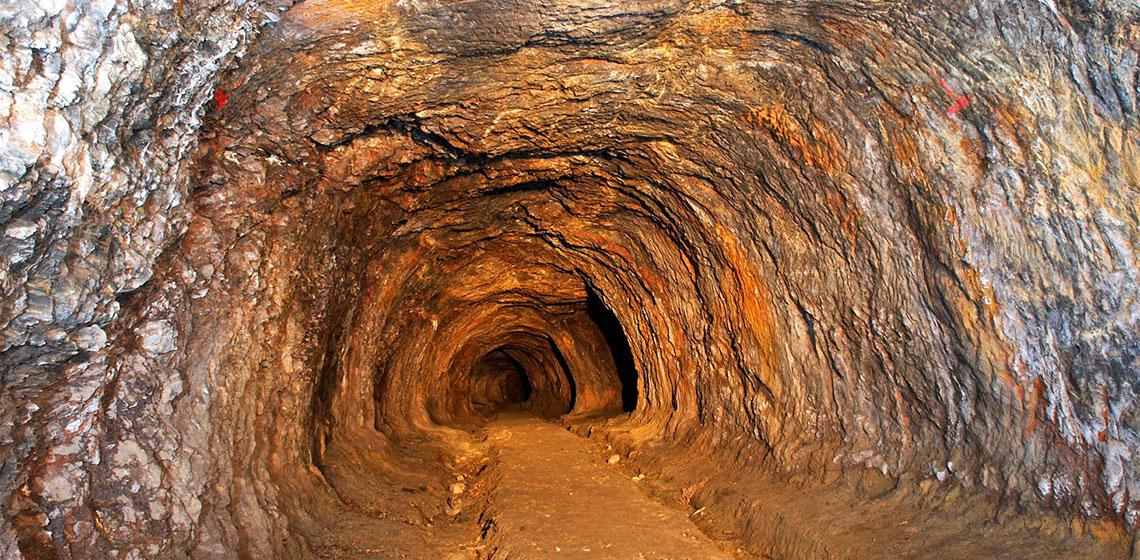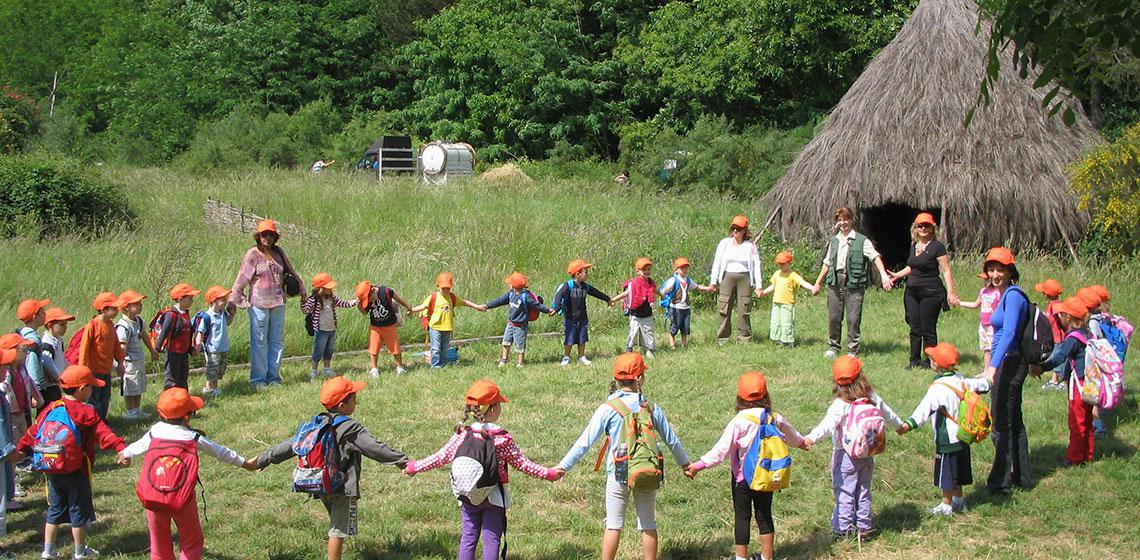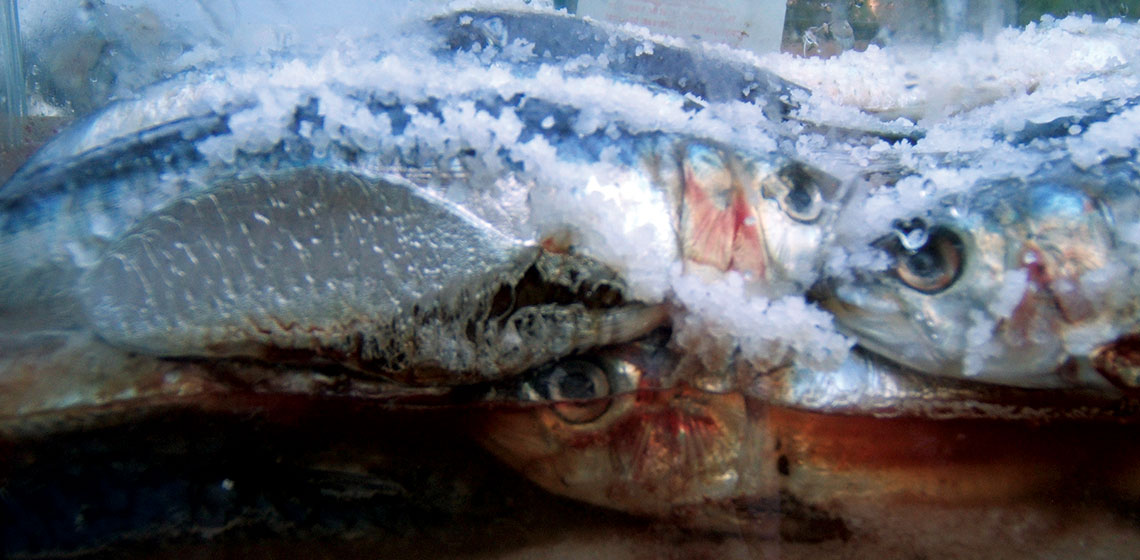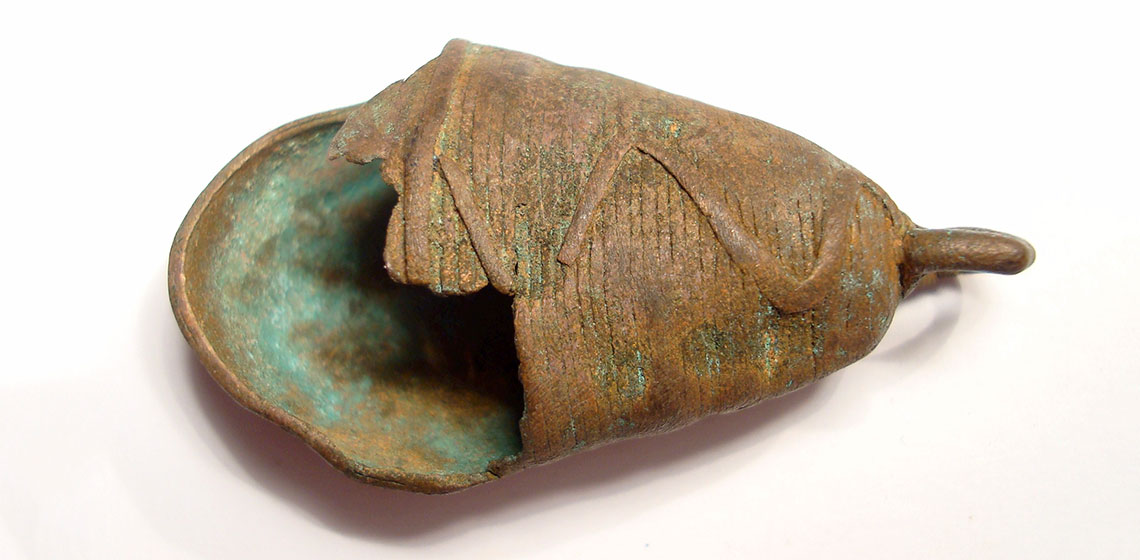Ancient Technology
Acorn Bread in Iron Age of North-western Iberia, from Gathering to Baking
***Strabo's Geography is one of the main sources that archaeologists use for the study of the Castro Culture’s (Iron Age in north-western Iberia) customs on food and consumption. In his description, he affirms that during two thirds of the year, those mountaineers fed on the acorn...
A Picenian Warrior Who Lived in the Eight Century BC: A Hypothetical Reconstruction
Various populations inhabited this territory from the tenth to the early third century BC, when the Roman army took control of it: the Laziali and Sabini in Lazio, the Etruscans and, from the fifth century, Celts in Toscana and Emilia Romagna, Umbri in Umbria and Picenians in Marche and Abruzzo. At the beginning of the Iron Age, and until the eighth century, we have evidence of other populations as well. The most ancient group being the Sub-Apenninical culture, which were Villanova and Proto-Villanovan populations that seem to have had towns in the Region Marche.
Drying Meat Today as During the Late Glacial Period
The Quality of the Craft
Recreating the Fonseca Hairstyle
Complexo Mineiro Romano de Tresminas (PT)
Considered to be one of the largest mining exploitation sites of the Roman world, mining at Tresminas began during the reign of Emperor Augustus (27 BCE - 14CE), and lasted through the time of the Seventh Severo.
Considered to be one of the largest mining exploitation sites of the Roman world, mining at Tresminas began during the reign of Emperor Augustus...
Archeoparco Vulcano (IT)
Vulcano offers the opportunity to the young and future generation for a Long Life Learning about ancient age and roots of the inhabitants of Latium. By living like our ancestors we can develop a better approach to our own daily life. Activities include flint knapping, archery, constructions of buildings, turning lathes, making bread fire starting and life in the earth lodge.
Vulcano is an Experimental Archaeology Centre near Rocca Priora town, just outside Rome. The Centre covers two hectares, with a forest of tall trees, workshop area, burning pits...
What’s in an Experiment? Roman Fish Sauce: an Experiment in Archaeology
In the summer of 2009 I was engaged in the preliminary preparations for extensive experiments to manufacture fish sauces for my MA dissertation in Archaeology at Reading University. In my previous research into Roman food, it was clear that it was not going to be possible to truly understand ancient cuisine without...
Anatomy of Prehispanic Bells - Study of an Ancient Lost Process
The elaboration of bells in the Prehispanic Era was of great importance due to the special meaning attributed to them in religious ceremonies. Today, knowledge of the techniques that were used in their fabrication is scant and lacking in detail. For that reason, the objective of the present study was to carry out a morphological study of bells from western Mexico...

